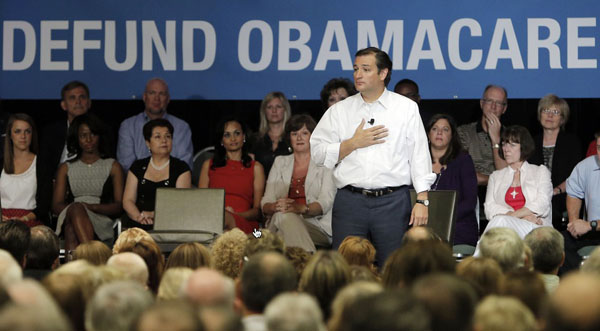FOR IMMEDIATE RELEASE, November 11, 2014
Contact: Mark Almberg, communications director PNHP, mark@pnhp.org
DALLAS – The Medical Student Section of the American Medical Association adopted a resolution last Friday that supports state legislation to provide universal health care, including single-payer legislation.
Resolution 13, which was brought to the AMA-MSS Interim 2014 meeting by medical students from Massachusetts, Vermont, New York, and Wisconsin, is the first resolution lending support to a single-payer, nonprofit system of financing health care to be adopted by an official section of the AMA in the organization’s 167-year history.
The resolution calls for the AMA-MSS to support “state-level legislation to implement innovative programs to achieve universal health care, including but not limited to single-payer health insurance.” The full text of the resolution is here.
The resolution points to Section 1332 in the Affordable Care Act, which allows individual states in 2017 to apply for federal waivers to implement their own health systems provided they can cover at least as many residents as the ACA without adding to the federal deficit.
Although the resolution applies only to the student section of the AMA, supporters say it sends a signal to the larger organization that many physicians-in-training think the most recent round of national health reform didn’t go far enough.
“Last Friday’s vote is yet further evidence that physicians – and in this case physicians-in-training – are increasingly angry about private insurance companies that meddle in doctor-patient relationship, deny access to care, balk at payment, and afflict providers and patients alike with costly and unnecessary red tape,” said Bradley Zehr, a second-year medical student at Boston University School of Medicine who helped write the resolution.
“Med students want to practice medicine and to help people get better, not to be part of a corporate enterprise that puts financial gain over our patients’ well-being,” Zehr said. “They see the millions of people who will remain uninsured or underinsured under the Affordable Care Act. That’s why physician opinion is shifting toward a nonprofit, publicly financed, Medicare-for-All-type system that would cover everyone while also controlling costs.”
Earlier this year, the Michigan State Medical Society, an AMA affiliate, appropriated $50,000 for a feasibility study of a single-payer financing system. About the same time, a survey by the Maine Medical Association (also an AMA affiliate) found 64.3 percent of its members support single payer, up 12 percentage-points from just six years ago.
In a 2011 survey of its membership, the Massachusetts Medical Society found that of five options for the U.S. health care system, including the ACA model, far more – 41 percent – preferred single payer to any other option. This reflected a 7 percentage-point increase over the previous year.
In 2008, the Hawaii Medical Association, an affiliate of the AMA, adopted a pair of resolutions in support of single-payer systems on both the state and national levels.
These trends are also congruent with a 2008 study by Drs. Aaron E. Carroll and Ronald Ackerman in the Annals of Internal Medicine showing 59 percent of U.S. physicians “support government legislation to establish national health insurance,” a leap of 10 percentage points in physician support since 2002.
Physicians for a National Health Program (www.pnhp.org) is a nonprofit, 19,000-member research and educational organization of doctors and medical students who support single-payer national health insurance.

